9 top cameras for travel photography – capture every moment and memory
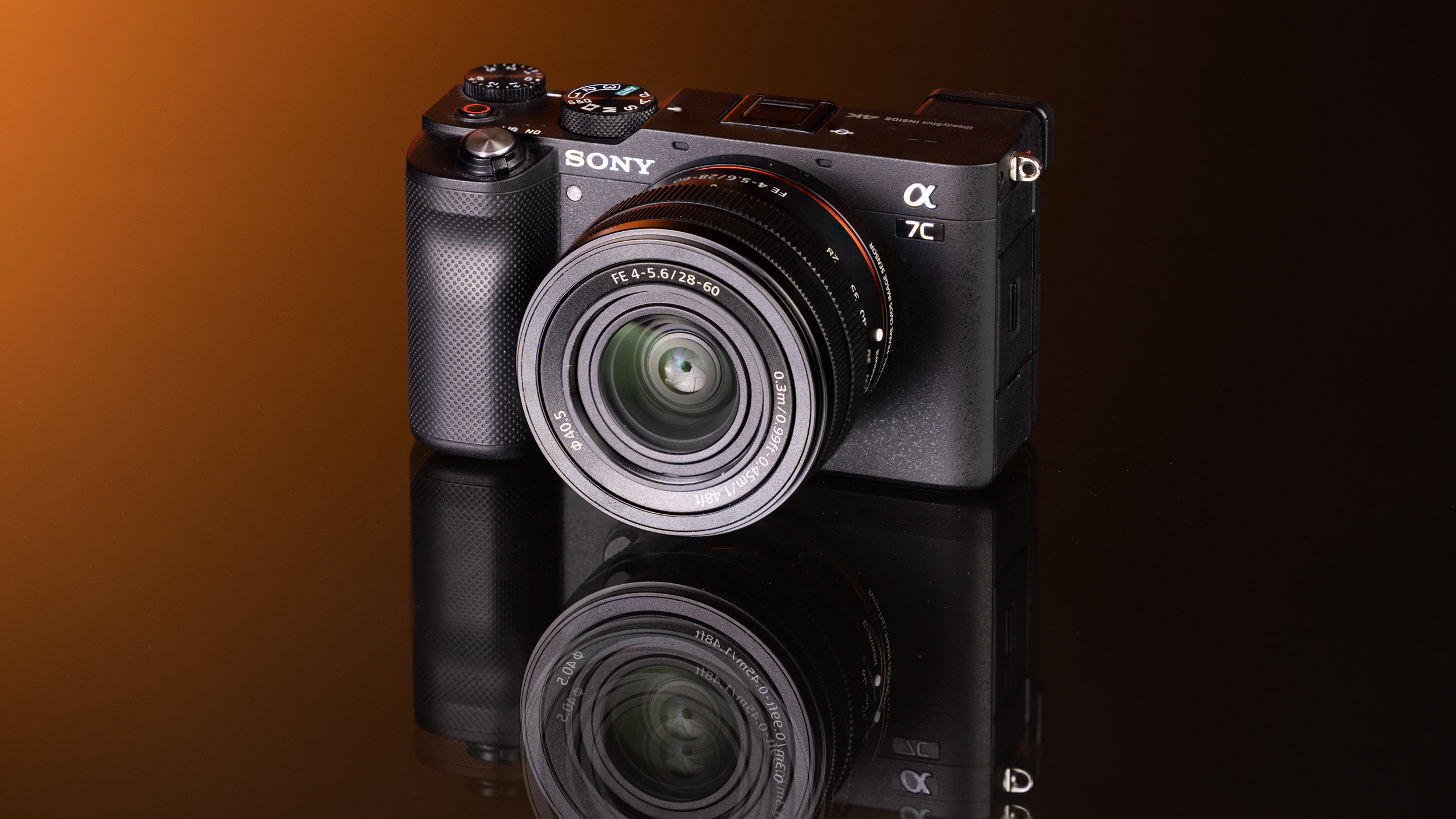
With a whole new year ahead, plenty of people are planning their travels for 2024. From backpacking adventures to colorful city breaks, luscious landscapes to wandering with wildlife, travel means different things to different people – so choosing the right travel camera can be quite the challenge.
There’s rarely a one-size-fits-all when it comes to cameras, so you need to choose the one that’s right for you and your travels. For example, a medium format camera packs all the image quality you could dream of for a landscape retreat – but it’s not an ideal beach camera!
Still, we firmly believe that mirrorless cameras make the ideal travel companions. While DSLRs are generally more affordable, they’re also bulkier and noisier – neither of which are ideal when you’re carrying them around all day and trying to shoot discreetly.
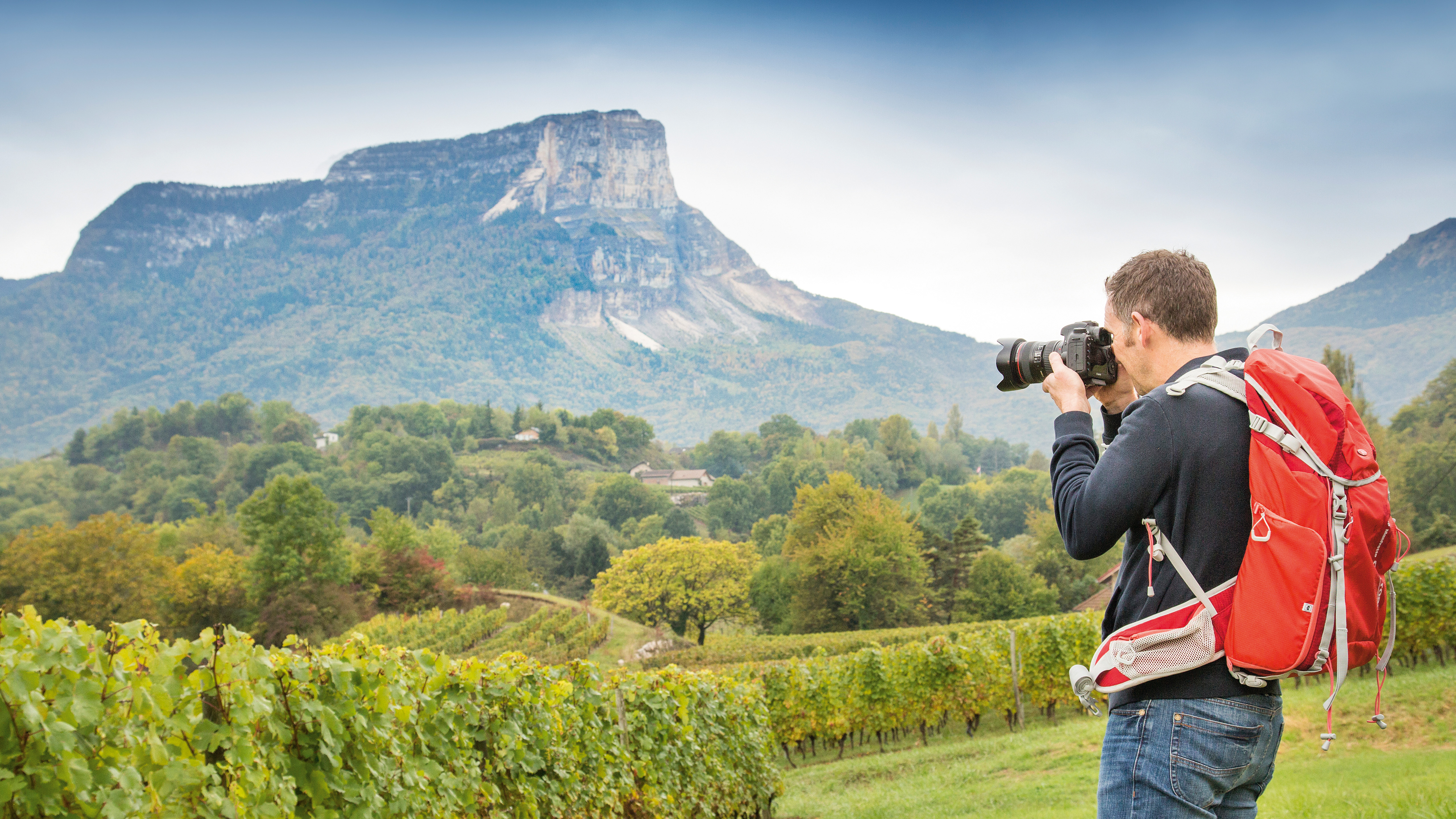
Not only do mirrorless models tend to be smaller and lighter, they also enable you to see exactly what your image will look like while you’re taking it – so no more having to check every picture on the back of the camera afterwards.
When looking for your perfect travel camera, there are a number of good reasons to look at buying from a second-hand retailer like MPB.com. For one thing, it can help offset the carbon footprint of traveling – and, for another, it can also help offset the cost! Travel gets very expensive, very quickly, so it can really help to save money on your equipment.
So, think about your specific needs – do you want an all-rounder for great stills and video, an ultra-compact system, or just something that’s great value – and you’ll find our recommendations below.
Best all-rounder
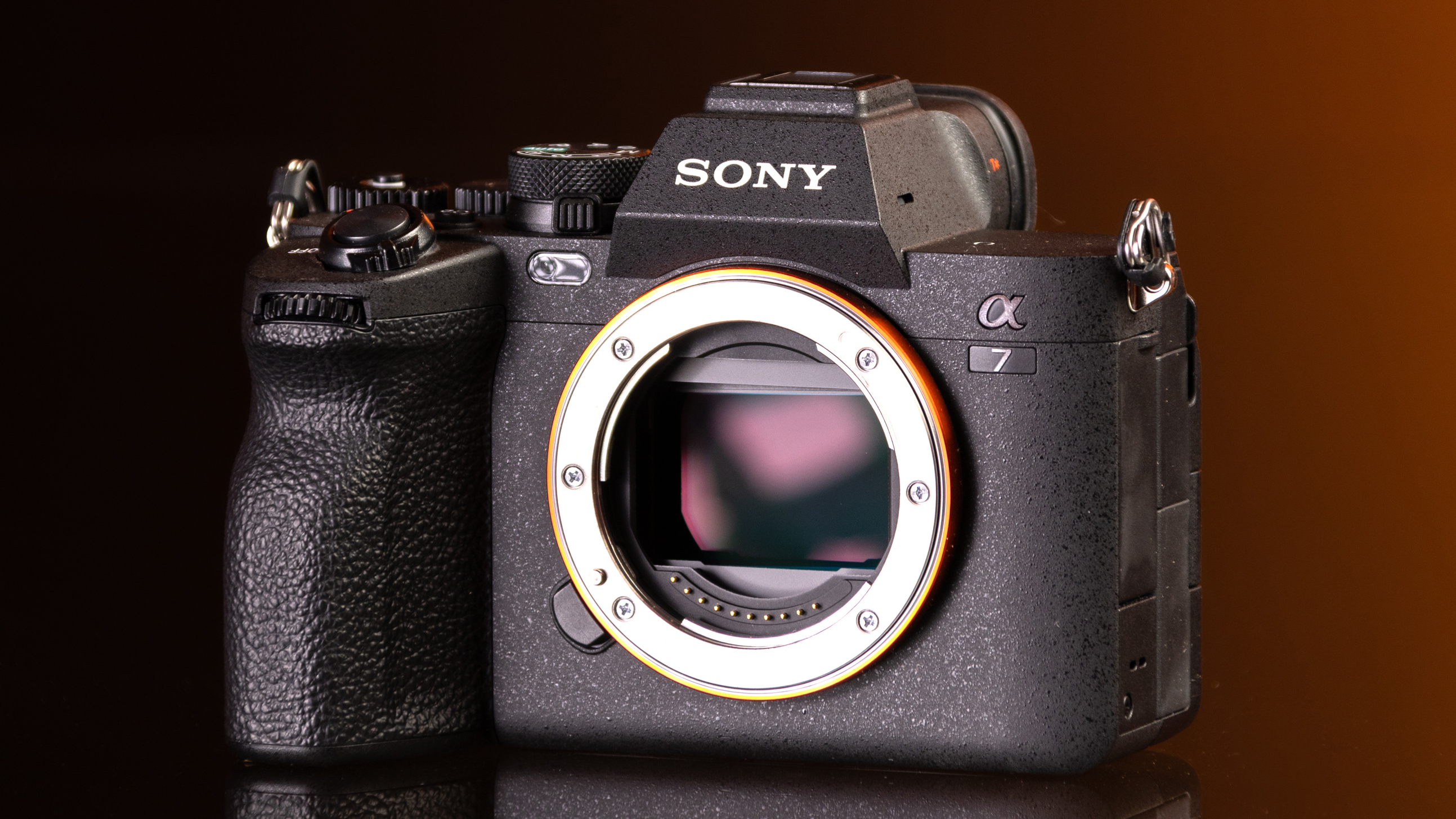
Want to shoot gorgeous photographs and capture great 4K video? Sony’s crowd-pleasing A7 series is a fantastic jack of all trades – and the latest model offers everything you could want for your adventure.
Its 33MP full frame sensor delivers exceptional image quality, with great ISO performance for shooting in challenging lighting conditions – and it also packs 5 stops of in-body image stabilization (IBIS) to compensate for camera shake. For capturing the action you can rattle off shots at 10fps, and its 10-bit 4:2:2 video and 4K 60p make it ideal for video and vlogging. And it’s all powered by one of the best autofocus systems in the business, with dual memory card slots to protect you against card failure.
Sony’s E-mount unlocks one of the industry’s richest lens ecosystems, with everything from base-covering zooms to pin-sharp primes. If you’re looking for a camera that can do it all, the Sony A7 IV has your back.
Best for Beginners
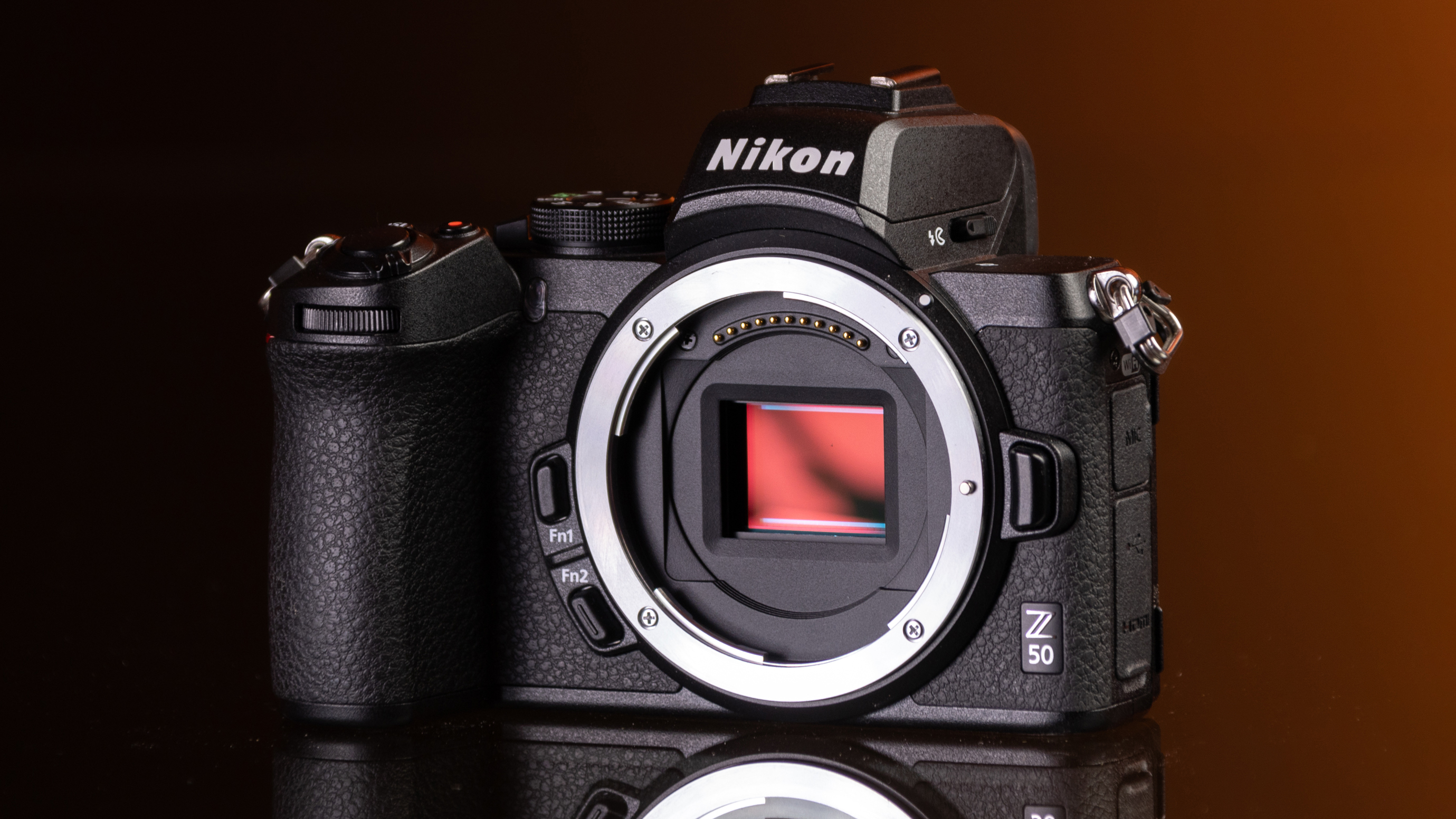
The Z50 is one of Nikon’s most compact and capable cameras – and it’s also one of the friendliest bodies to get started with, even if you’ve never used a “proper camera” before.
Thanks to its smaller APS-C sensor, Nikon has squeezed plenty of tech into a slim and stylish chassis that weighs just 450g. With 20.9MP of resolution and 11fps burst shooting, the Z50 captures plenty of detail and never misses a beat when it comes to stills – and with crisp 4K 30p video, it’s great for recording those once-in-a-lifetime moments, with built-in WiFi to beam them to your phone for uploading to social media.
Nikon has a small but growing selection of dedicated DX (APS-C) lenses for its Z cameras, but the Z50 can also use FX (full-frame) lenses – and it can also use Nikon’s F-mount DSLR optics, which can be a great way to buy premium lenses for less money.
Best Full-frame
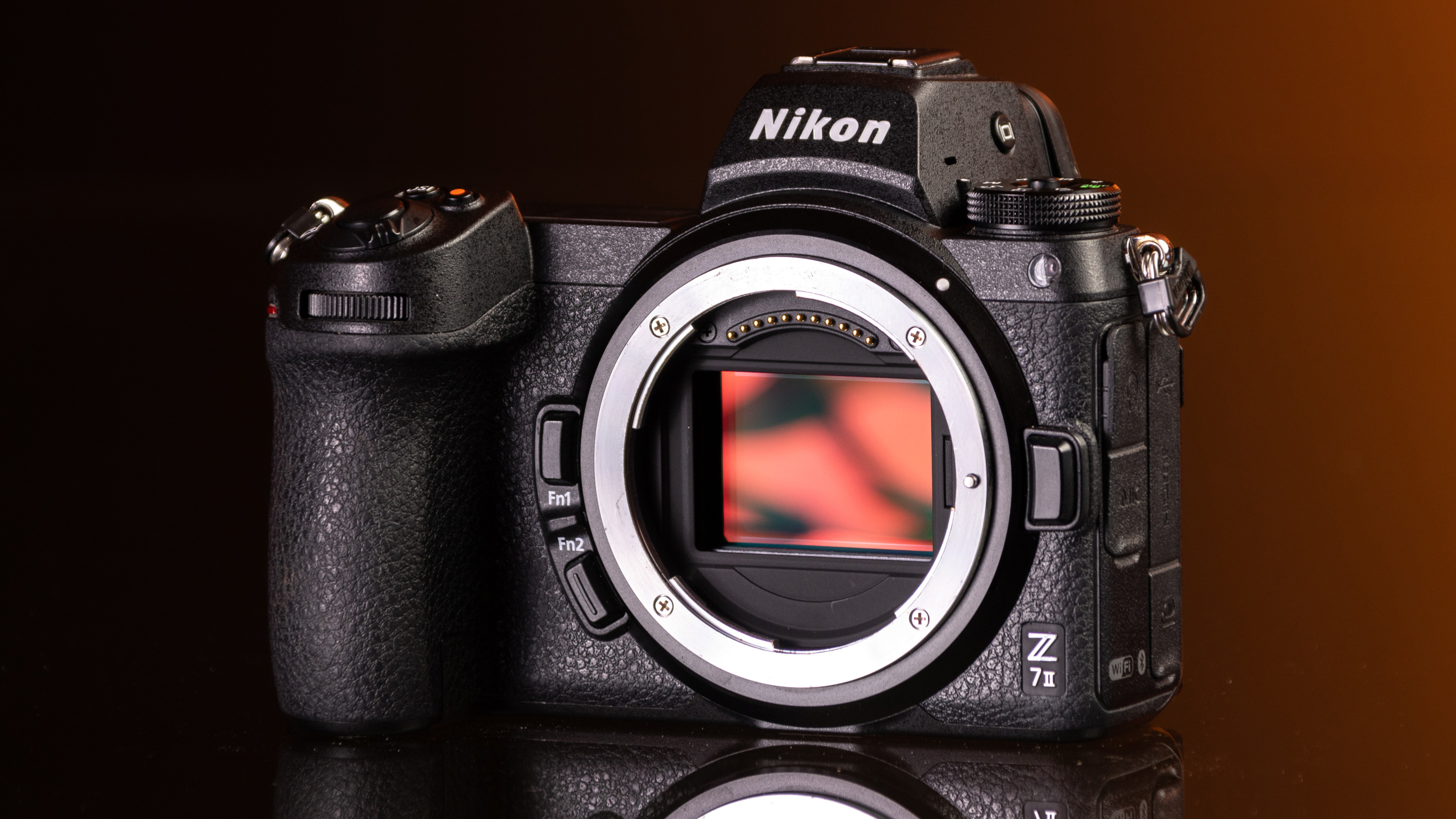
The Z7 used to be Nikon’s flagship mirrorless series, so you know it means business! With an incredibly powerful 45.7MP full-frame sensor and fantastic ISO sensitivity, this is an absolute beast for sheer image quality.
Nikon’s IBIS system delivers five stops of shake compensation, making it much easier to take steady shots in low light, with slow shutter speeds or when using long lenses. It’s especially useful when capturing 4K 60p video, giving you smooth video without the need to set up a gimbal.
Designed for professional use, the Z7 II boasts two memory card slots (one for JPEG, one for RAW, or simply one as a redundancy for the other) and is weather-sealed – though you need to make sure that your lens is also weather-sealed, too. Nikon’s mirrorless Z lenses are arguably the best performers on the market, too, supporting that superb image quality.
Best Lightweight
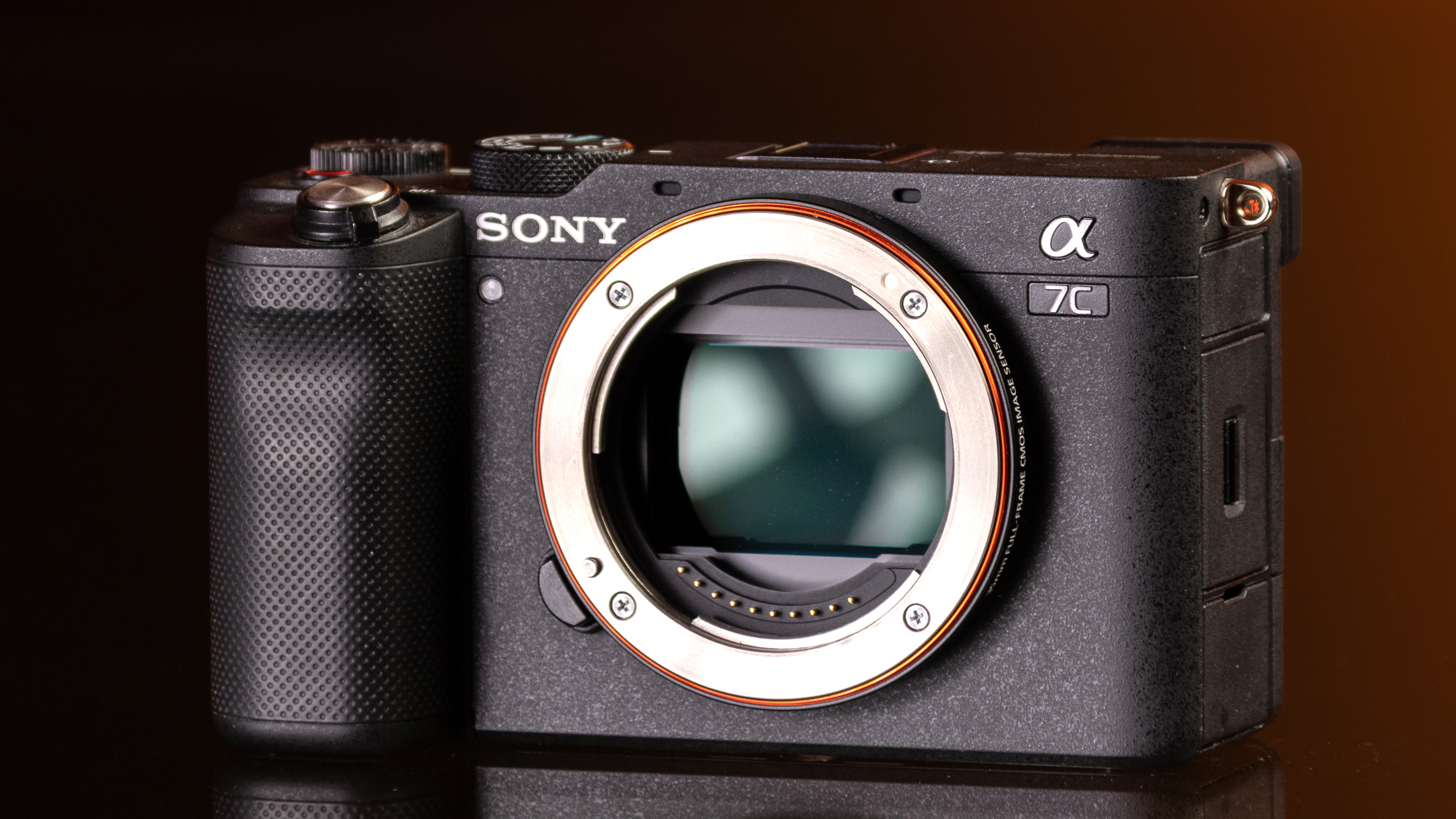
A full-frame camera in disguise, the Sony A7C is a lightweight body with a heavyweight punch! At its heart is a trusty 24MP sensor that delivers everything you’d expect of Sony’s A7 cameras: fantastic autofocus with eye tracking and human / animal subject detection, detailed 4K video at 30p (oversampled from 6K, with no recording limits) and FullHD at 120p for slow-motion footage, and in-body image stabilization to keep everything rock steady.
You also get the benefit of a fully articulating touchscreen. Rather than a screen that only tilts, this one flips out to the side and rotates 180° to make it easy to film vlogs, shoot video, and take photographs from low and high angles using the screen to give you a better vantage point.
Again, the E-mount is the key to an incredible selection of lenses – including the retracting Sony 28-60mm kit lens that was designed specifically for this camera, to take advantage of its super small footprint. With full-frame power in a pocket-sized profile, this is an amazing option.
Best APS-C
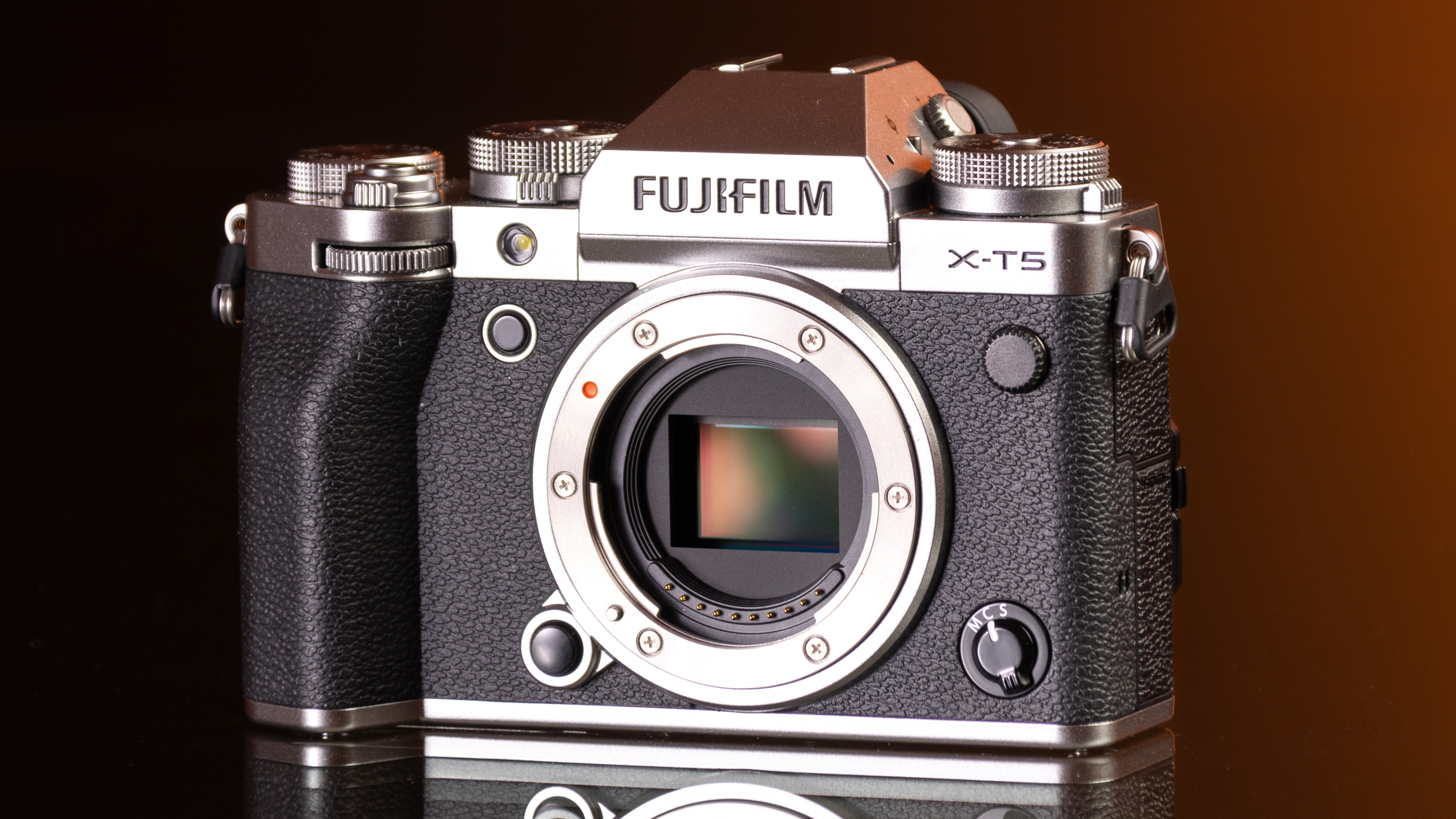
The X-T5 is one of the most beautiful-looking cameras we’ve ever seen – and it’s also one of the most impressive. It packs an astonishing 40MP into an APS-C sensor, imbuing this camera with greater resolution than many full-frame cameras. But it has an even cleverer party trick: via the magic of pixel-shift, it can capture 160MP images too! (Though there are some caveats, namely that your subject needs to be completely still.)
It’s not just a megapixel machine, though. With 15fps shooting it’s also a speed demon, and it boasts 7 stops of IBIS that offers supreme stability for both stills and video – which can be captured in 10-bit 4:2:2 at 6.2K 30p (though does suffer from rolling shutter). Did we mention it has twin memory card slots, too?
Of course, Fujifilm’s calling card is image quality – particularly pristine JPEGs, straight out of camera. And the X-T5 delivers in spades, with the company’s beloved film simulations (19 of them) offering in-camera creativity and sumptuous RAW files for detailed post-processing.
Best Micro Four Thirds
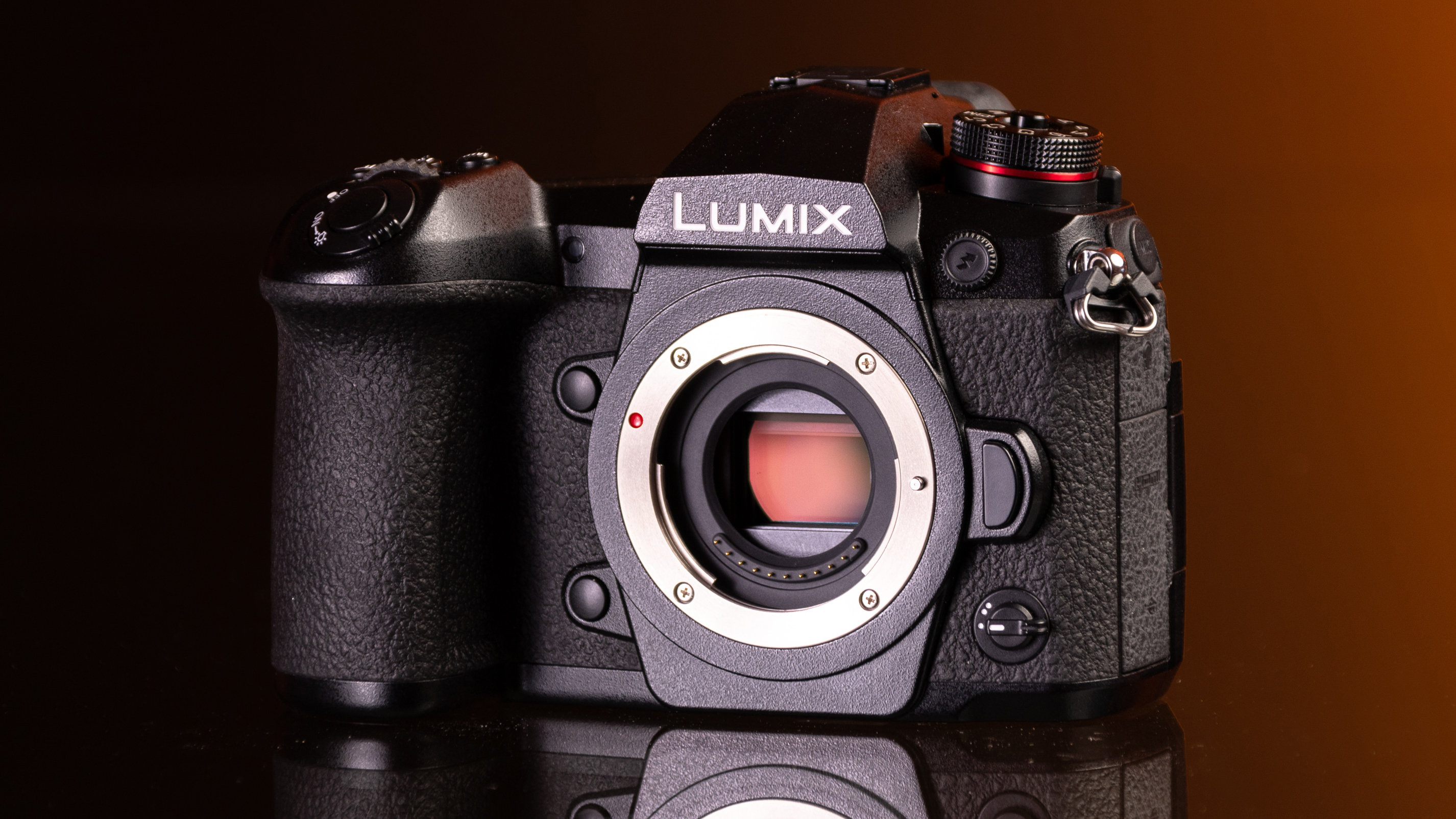
Micro Four Thirds cameras are arguably the ultimate travel options. While the sensors are even smaller than APS-C, they are still much larger than you find in smartphones and even compact cameras – so they produce fantastic image quality, but enable both cameras and lenses to be much smaller than full-frame or APS-C bodies.
The G9 was previously Panasonic’s flagship stills camera, with a 20.3MP sensor that (like the X-T5 above) uses pixel-shift to generate even greater resolution – this time 80MP images. Not only is the body compact and lightweight, it’s also weather-sealed and features IBIS for super-stable shooting.
If you’re looking for the best lens lineup, the incredibly rich Micro Four Thirds range offers everything you can think of from exotic fisheyes to super-long superzooms. And again, they’re much smaller and lighter than their full-frame and APS-C counterparts, meaning you have a compact camera and compact lenses.
Best Design

Looks are important, especially when it comes to your camera! After all, your camera should inspire you to pick it up and shoot with it – and when you’re on vacation there’s a good chance that you’re going to appear in some holiday snaps, so your camera should look the part.
The X-Pro2 is an absolutely gorgeous camera, though its classic rangefinder design disguises its modern trimmings. The viewfinder, for example, is incredibly clever, being a hybrid optical and electronic affair – giving you the best of both worlds and providing a truly unique shooting experience.
As a camera from 2016 it does lack 4K video, though its 24MP APS-C sensor still produces sublime still images – all the way up to 8fps to capture fast action, and with 15 film simulations to get that fantastic Fujifilm feel in-camera.
Best Value
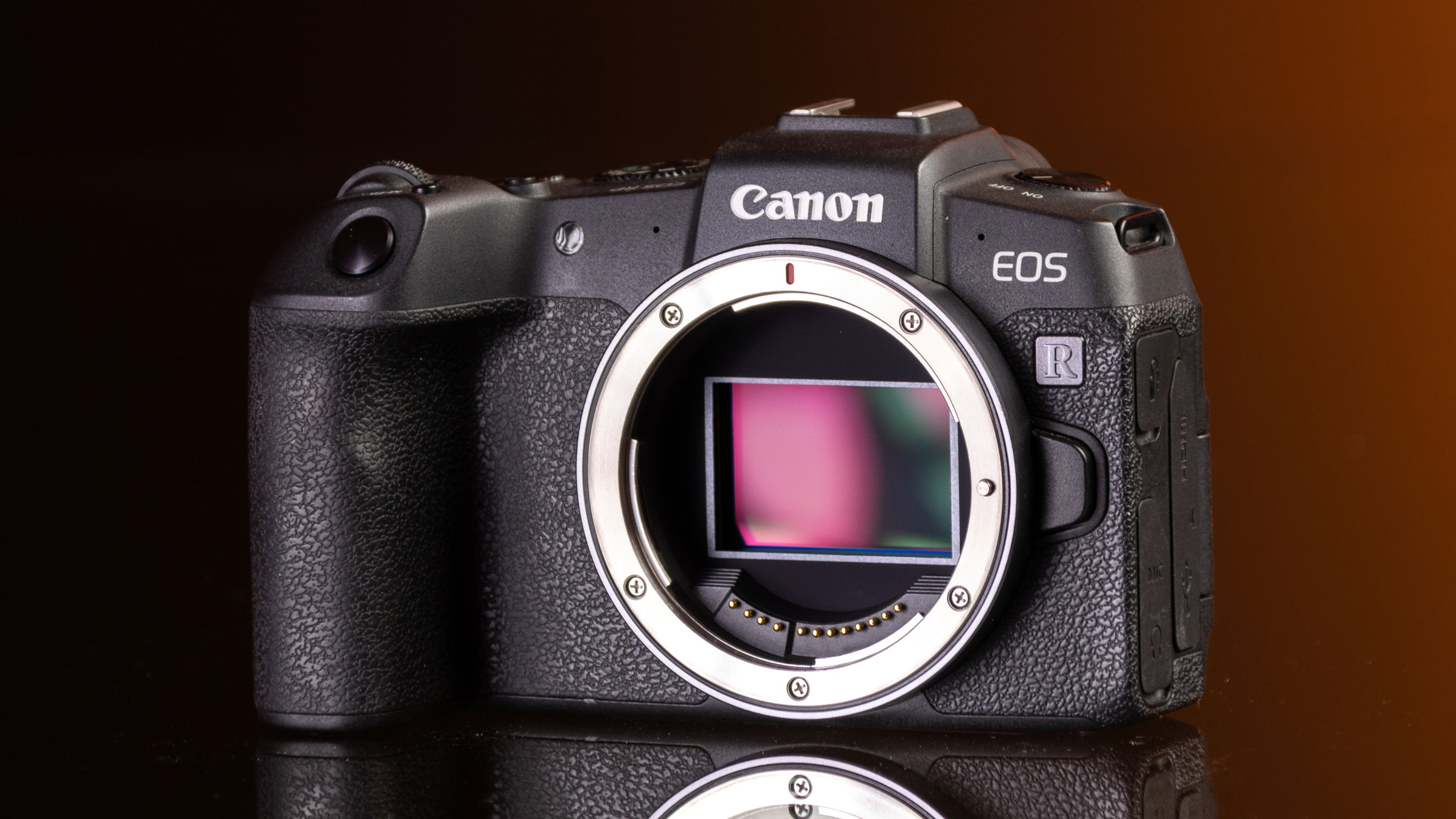
The RP has long been one of our favorite EOS R cameras, and to this day still represents the best value on Canon’s mirrorless system. Its full-frame 26.2MP sensor produces beautiful photographs packed with detail, along with pleasing 4K 24p video (though it is cropped by 1.7x, so you’ll need to adjust your focal length accordingly).
Throw in Canon’s excellent autofocus and a fully articulating touchscreen, the RP offers incredible bang for buck. The manufacturer’s much-loved color science is better than ever, offering enviable hue reproduction especially when it comes to skin tones – meaning there’s less need to correction in post, whether you’re taking stills or video.
As one of the most slim and svelte cameras Canon has ever made, this is ideal for run-and-gun shooting – and makes a perfect pairing with slim RF primes like the 50mm f/1.8 or the tiny 28mm f/2.8 pancake. Canon’s RF range has some astonishing optics, including some great value options, meaning you’re truly spoiled for choice.
Best Medium Format
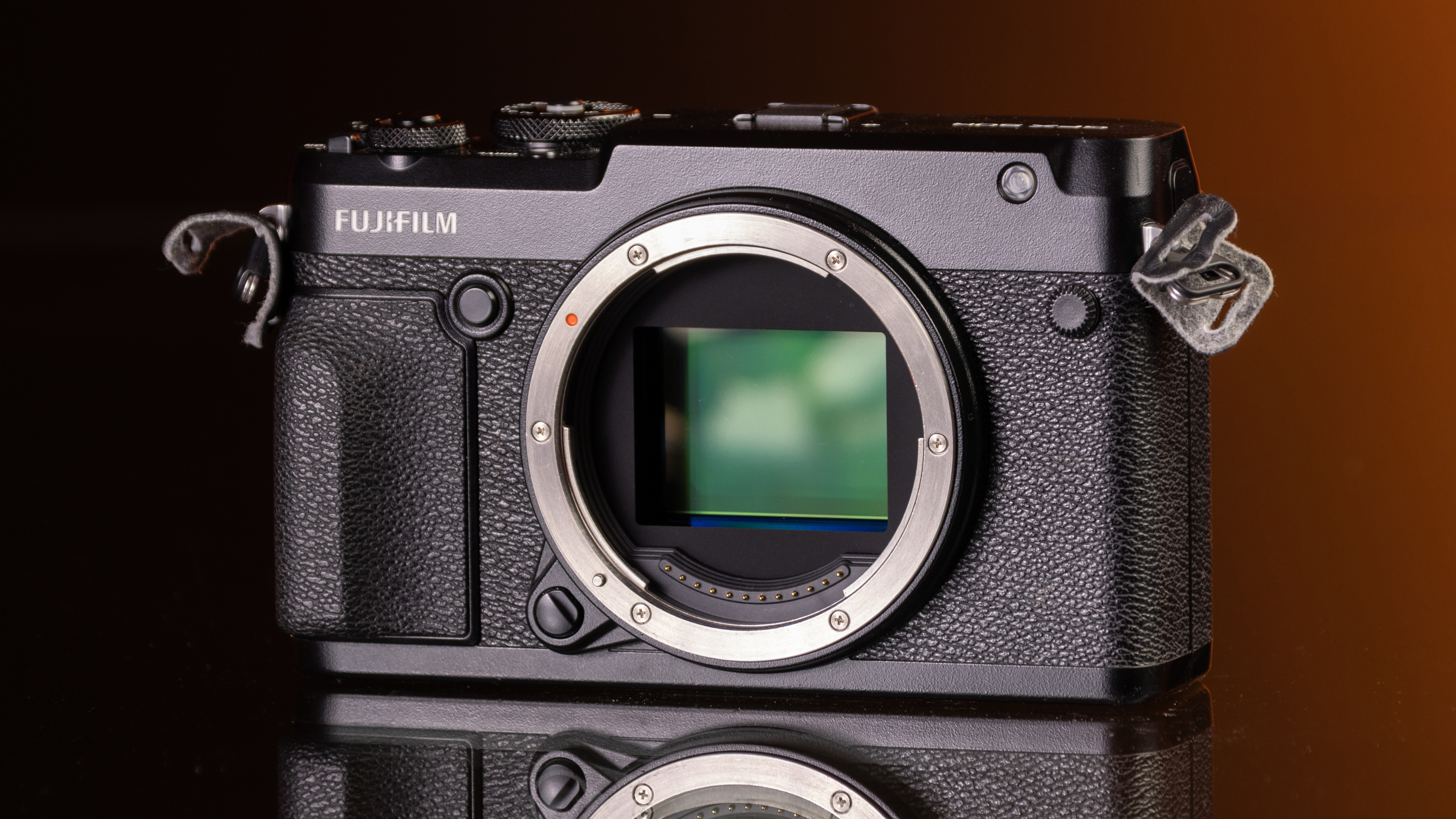
A medium format camera for travel? It’s true! Thanks to Fujifilm’s phenomenal engineering, the GFX 50R takes medium format photography from tripod-based studio shooting and squeezes it into a roaming rangefinder that puts 51.4MP in the palm of your hand wherever you go.
While it can capture FullHD video, it lacks 4K capability – because the GFX 50R is built for ultimate stills photography. Its chunky 14-bit RAW files are absolutely stuffed with detail and dynamic range, enabling you to capture every pixel in the deepest darkest blacks or the most blown-out-looking highlights.
Bear in mind that the GF range of lenses doesn’t come cheap, as they are engineered for optimum optical performance – but that means that you will never be disappointed when a photograph you take on the 50R. Not one for newcomers, or those who are looking for value-first, but if image quality is top of your list then the GFX 50R should be as well.
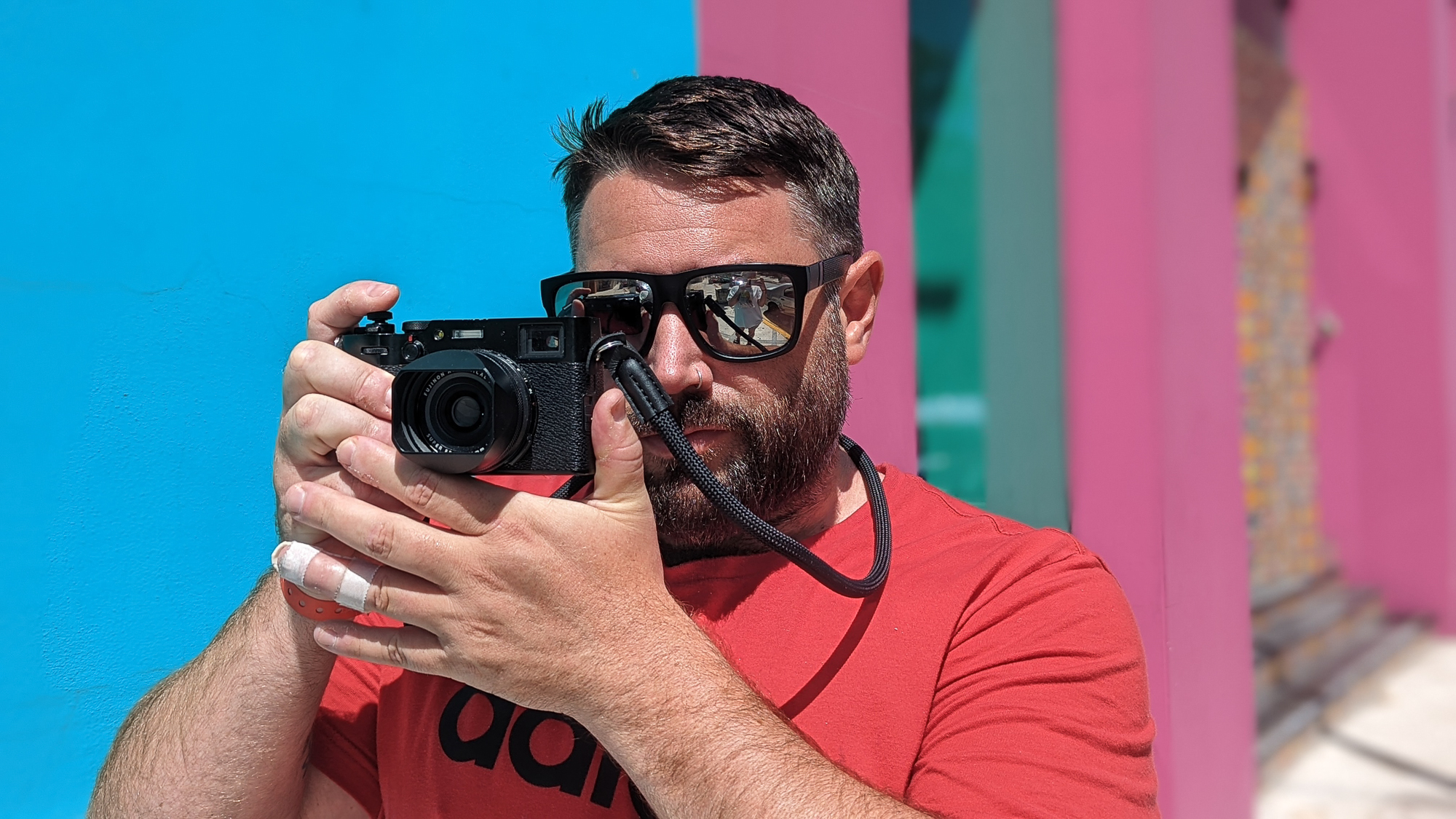
When you find the camera that’s right for you, make sure to check out MPB.com for the best price – and, being the world’s biggest online platform for used digital gear, you’ll find all the additional lenses and other accessories you might need for your adventure as well.
Get the Digital Camera World Newsletter
The best camera deals, reviews, product advice, and unmissable photography news, direct to your inbox!
Digital Camera World is one of the leading authorities on camera and photography news, reviews, techniques, tutorials, comparisons, deals and industry analysis. The site doesn't just specialize in cameras, but all aspects of photography, videography and imaging – including camera phones, gimbals, lenses, lighting, editing software, filters, tripods, laptops, printers, photo books, desks, binoculars and more.
Whether you're using, looking to buy or trying to get the most out of a compact camera, action camera, camera drone, cinema camera, beginner camera or professional camera, Digital Camera World has a roster of experts with combined experience of over 100 years when it comes to cameras, photography and imaging.

